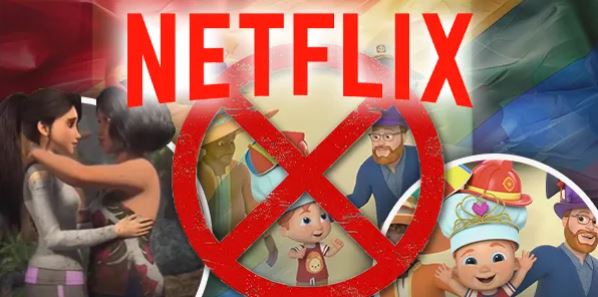
I know the exact pressure it takes to crack a rib during CPR. But last Tuesday, I learned a patient’s silence can break a doctor’s soul.
His name was David Chen, but on my screen, he was “Male, 82, Congestive Heart Failure, Room 402.” I spent seven minutes with him that morning. Seven minutes to check his vitals, listen to the fluid in his lungs, adjust his diuretics, and type 24 required data points into his Electronic Health Record. He tried to tell me something, gesturing toward a faded photo on his nightstand. I nodded, said “we’ll talk later,” and moved on. There was no billing code for “talk later.”
Mr. Chen died that afternoon. As a nurse quietly cleared his belongings, she handed me the photo. It was him as a young man, beaming, his arm around a woman, standing before a small grocery store with “CHEN’S MARKET” painted on the window.
The realization hit me like a physical blow. I knew his ejection fraction and his creatinine levels. I knew his insurance provider and his allergy to penicillin. But I didn’t know his wife’s name or that he had built a life from nothing with his own two hands. I hadn’t treated David Chen. I had managed the decline of a failing organ system. And in the sterile efficiency of it all, I had lost a piece of myself.
The next day, I bought a small, black Moleskine notebook. It felt like an act of rebellion.
My first patient was Eleanor Gable, a frail woman lost in a sea of white bedsheets, diagnosed with pneumonia. I did my exam, updated her chart, and just as I was about to leave, I paused. I turned back from the door.
“Mrs. Gable,” I said, my voice feeling strange. “Tell me one thing about yourself that’s not in this file.”
Her tired eyes widened in surprise. A faint smile touched her lips. “I was a second-grade teacher,” she whispered. “The best sound in the world… is the silence that comes just after a child finally reads a sentence on their own.”
I wrote it down in my notebook. Eleanor Gable: Taught children how to read.
I kept doing it. My little black book began to fill with ghosts of lives lived.
Frank Miller: Drove a yellow cab in New York for 40 years.
Maria Flores: Her mole recipe won the state fair in Texas, three years running.
Sam Jones: Proposed to his wife on the Kiss Cam at a Dodgers game.
Something began to change. The burnout, that heavy, gray cloak I’d been wearing for years, started to feel a little lighter. Before entering a room, I’d glance at my notebook. I wasn’t walking in to see the “acute pancreatitis in 207.” I was walking in to see Frank, who probably had a million stories about the city. My patients felt it too. They’d sit up a little straighter. A light would flicker back in their eyes. They felt seen.
The real test came with Leo. He was 22, angry, and refusing dialysis for a condition he’d brought on himself. He was a “difficult patient,” a label that in hospital-speak means “we’ve given up.” The team was frustrated.
I walked into his room and sat down, leaving my tablet outside. We sat in silence for a full minute. I didn’t look at his monitors. I looked at the intricate drawings covering his arms.
“Who’s your artist?” I asked.
He scoffed. “Did ’em myself.”
“They’re good,” I said. “This one… it looks like a blueprint.”
For the first time, his gaze lost its hard edge. “Wanted to be an architect,” he muttered, “before… all this.”
We talked for twenty minutes about buildings, about lines, about creating something permanent. We didn’t mention his kidneys once. When I stood up to leave, he said, so quietly I almost missed it, “Okay. We can try the dialysis tomorrow.”
Later that night, I opened my Moleskine. I wrote: Leo Vance: Designs cities on paper.
The system I work in is designed to document disease with thousands of data points. It logs every cough, every pill, every lab value. It tells the story of how a body breaks down.
My little black book tells a different story. It tells the story of why a life mattered.
We are taught to practice medicine with data, but we heal with humanity. And in a world drowning in information, a single sentence that says, “I see you,” isn’t just a kind gesture.
It’s the most powerful medicine we have.








